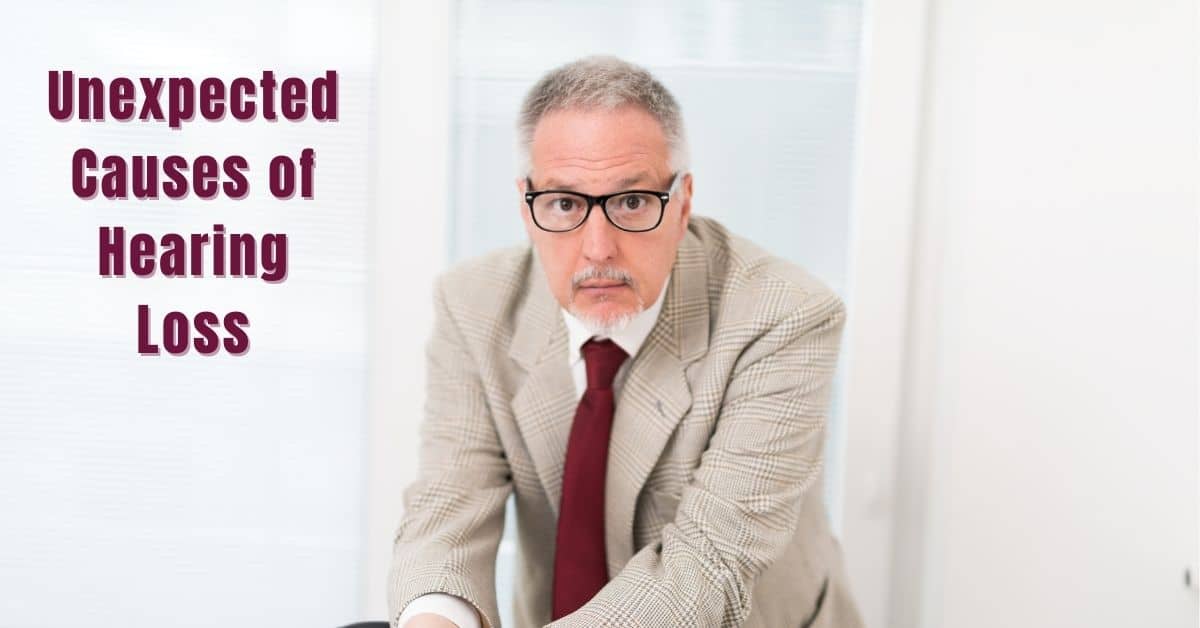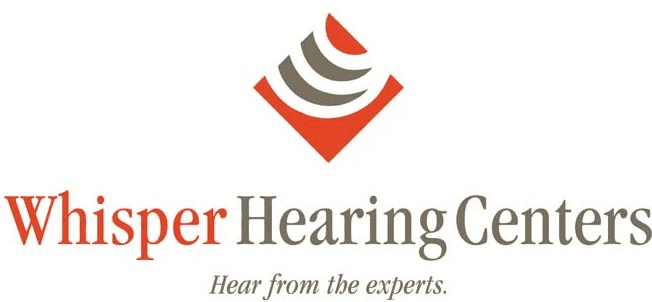
Some noisy events are an obvious danger for hearing loss. If you work in a factory or industrial site with very loud machinery, then there is no doubt that you are encountering a hearing loss risk at work. for this reason workplaces put mandatory protection rules in place, and the Occupational Safety and Health Administration (OSHA) monitors the enforcement of these regulations, as well. Other places are obviously loud enough to put your hearing at risk, including concerts and nightclubs. These locations are designed for loud sound, and many patrons would feel let down if the night of entertainment were not loud enough.
In addition to these obvious sources of hearing loss risks, there are also unexpected causes of hearing loss integrated into our lives. Let’s walk through some of these hidden culprits of noise exposure. Keep in mind that not only the volume of exposure but also the duration is key to understanding hearing loss risk.
Transportation
One of the most common, yet unexpected, causes of hearing loss is transportation. Most vehicles that have the power to move bodies and objects quickly across space require a powerful motor, so that sound adds up to a noisy risk, as well. Trains can be very loud, including commuter subway systems in our cities, and those who operate these machines require additional caution with their hearing. Cars are quieter than ever, but the sound of emergency vehicles, traffic, car horns, and construction sites can be damagingly loud when encountered with the windows down. For most people to commute to work or have a road trip from time to time, this risk is brief enough in duration, but those who drive for a living, such as shipping and trucking operators or taxi cab drivers, might experience this sound day after day, requiring protection.
Household Risks
Few of us would have the endurance to use household appliances for a duration of time that would be damaging, but some of these devices, such as blenders, mixers, or food processors, can have loud enough sounds to endanger hearing ability. Those who work with these items can, however, experience sustained exposure to damaging sound. Even a barista is exposed to the sound of appliances, such as espresso machines and blenders, that can damage hearing over time.
Some of the greater risks to hearing at home come from lawn care machines. Lawnmowers, leaf blowers, and weed whackers emit enough sound to damage hearing, and they can be used for a long enough time to cause damage even to a consumer with a large yard. Protection should be used with these machines, at least in the form of disposable foam earplugs, but noise-cancelling earmuffs can do a better job eliminating the sound of a lawnmower. Hair dryers are another household item that can produce enough sound to cause damage, but most people do not use them long enough to cross the threshold. However, a professional stylist might use a hairdryer enough to risk hearing ability, so protection should be considered in that environment, as well.
The Bark is Bigger than the Bite
Believe it or not, some dogs bark loudly enough to cause hearing damage, particularly when sustained over a long period of time. Anyone who works in a dog kennel or training facility can attest to the loud sound produced by many dogs in an echoing room. Noise reduction strategies can be put in place to soften these reverberant sounds, but the best approach for those who work or volunteer at animal shelters is to wear hearing protection while in the facility.
With these situations in mind, you might have even more exposure to uniquely loud events woven into your life. If that describes you, take proactive steps to wear hearing protection, even if the exposure lasts as little as 15 minutes. In addition, if you fear that you have already incurred noise-induced hearing loss, take this opportunity to schedule a hearing test with your hearing health professional. A thorough diagnosis will either set the baseline of your hearing ability to be used in the future, or this diagnostic measure can determine if hearing aids or other assistive technology will be beneficial for you.
